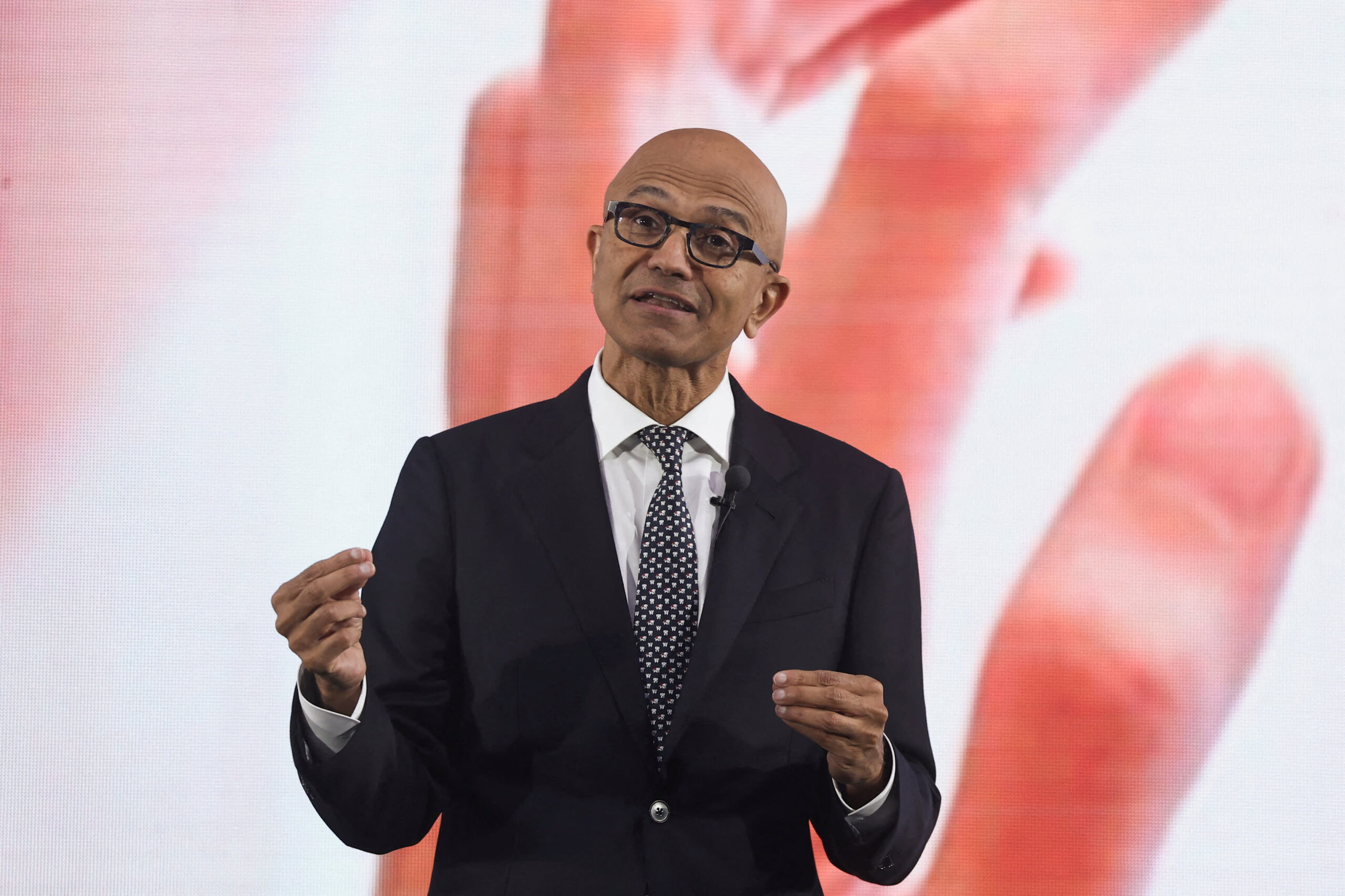PETALING JAYA: The possibility of higher oil prices, should there be an escalation in the conflict between Iran and Israel, would not necessarily provide a tailwind to Malaysia’s economy and the battered ringgit.
Sunway University economics professor Yeah Kim Leng said while net oil exporting countries including Malaysia will experience higher oil export earnings, a widening of the Iran-Israel conflict will send the already fragile global economy into a tailspin.
“Being highly dependent on exports, it will be challenging for the local economy to meet its 4% to 5% growth target for the year should the conflict spill over to the region and trigger a global downturn.
“The negative global demand shock is projected to exceed the benefits of high oil prices that are diminished by an concomitant rise in fuel subsidy spending by the government,” he told StarBiz.
Notably, Iran is a major oil producer accounting for 7.8% of global oil supply in March 2024, according to the International Energy Agency.
Yeah said the disruption of oil supply in the Middle East will likely cause world oil prices to spike above US$100 per barrel from the current US$90 for Brent crude oil.
Yeah added that the government’s petrol and diesel subsidy rationalisation initiative is becoming an even more pressing and urgent initiative in the face of rising world oil prices.
He said the shift from blanket to targeted fuel subsidies should proceed as planned as the gains to both the government and the public would be even larger at higher prevailing world oil prices.
“While the higher oil prices translate into greater capacity of the government to foot the burgeoning subsidy bill, it however results in a bigger misallocation of resources as well as a missed opportunity to strengthen the country’s public finance and reduce inefficient and over-consumption of its limited non-renewable fossil resources,” he said.
The government plans to introduce a targeted fuel subsidy programme this year.
Rakuten Trade head of equity sales Vincent Lau said it is still too early to tell whether there will be a deferment in the implementation of the petrol and diesel subsidy rationalisation programme, in light of the heightened geopolitical tensions.
“The planned subsidy rationalisation initiative will likely proceed as scheduled and any impact that is sustained from the escalation of the conflict between Iran and Israel would probably have subsided by then.
“Hopefully, by then, tensions in the Middle East will have eased and we will see Brent crude oil price returns to around US$80 per barrel,” he said.
Lau opined it is unlikely Israel will engage in a full-blown war and that any response Israel will have towards Iran is expected to be a measured one. Hence, any benefits or impact that Malaysia is projected to sustain, whether economically or currency-related, will be minimal and short lived.
“We are optimistic that the tensions in the Middle East will not escalate out of control.
“If the oil prices rise as a result of escalated tensions, it will cushion the ringgit. Conversely, if the situation de-escalates and oil prices decrease, our economic situation will remain relatively stable,” he said.
Lau added that while high oil prices may be beneficial to Malaysia from a net oil exporter standpoint, it could boost inflation and impact various industries.
“At the most, the Brent crude oil pricing may hit US$100 should the conflict escalates. Not to mention, the Organisation of the Petroleum Exporting Countries (Opec) and its allies may intervene to stabilise oil prices if they become excessively high.
“As for the US Federal Reserve’s (Fed) rate cut decision, currently, the Fed dot plot suggests the possibility of three rate cuts, though consensus has shifted to two due to the consumer price index data in the United States.
“The ongoing tensions in the Middle East are unlikely to significantly influence the Fed’s rate decision, as they typically focus on domestic factors,” he said.
Meanwhile, Bank Muamalat Malaysia Bhd chief economist Mohd Afzanizam Abdul Rashid said the primary concern arising from tensions in the Middle East is on the ringgit, as the demand for safe-haven currency such as the US dollar would be higher during heightened economic uncertainties.
This will lead to the depreciation of the ringgit, which may cause the country’s import bills to rise.
“In respect to crude oil prices, it will benefit the oil and gas players as we are able to sell crude oil at higher prices. However, the country will have to pay more for the imported petroleum that is meant for domestic consumption.
“This might have an impact on subsidy expenditure by the government. Hence, there is a need to rationalise the fuel subsidies.
“However, this can be quite tricky as the rationalisation would entail higher domestic fuel prices, which later can have an impact on inflation,” he said.
Afzanizam added that potential disruptions in international trade could impact productivity, leading to supply shortages and potentially contributing to inflationary pressures.
He noted that a rate hike by the central bank is not expected to take place as a result of higher inflation should oil prices rise.
“We experienced high inflation in 2008 due to shocks in global crude prices but they did not resort to an overnight policy rate hike. What matters is the cause for inflation. If it is cost driven, then Bank Negara may not react to it,” he said.
On this note, Yeah said the fuel impact on inflation will depend on the magnitude of the world oil price increase and the amount of government subsidies that will determine the cost pass-through to consumers and producers.
“If the world oil price spike is temporary, then the inflation may not require any policy adjustment.
“However, a prolonged period of high oil prices lasting more than three months would require the sharing of the subsidy burden between the government and consumers to be recalibrated to strike an equitable balance between fiscal sustainability and higher inflation,” he said.
With regard to the outlook of the ringgit, Saktiandi Supaat, head of foreign exchange research and strategy at Maybank Singapore, said the US dollar/ringgit rate is heading higher largely because of the strengthening of the US dollar.
“Similarly, other currencies in the region are also moving in the same direction albeit at higher proportions.
“The ringgit has depreciated around 0.96% over the past week but it is a currency that has been more resilient since the release of US inflation numbers last week and the rise in US yields,” he said.
Saktiandi said the rise in oil prices could also help support the ringgit marginally, especially if Brent crude oil prices rise to levels beyond US$90 per barrel.
“The South Korean won, Indonesian rupiah, Japanese yen, Singapore dollar and Taiwan dollar are faring worse over a five-day period, with 2.9%, 2%, 1.7%. 1,4% and 1.2%, respectively.
“Our year-end forecast of US dollar/ringgit is at 4.55 and Singapore dollar/ringgit at 3.42. Near term, the currency is likely to be range bound at around 4.65 to 4.70.”
“Given that our own behavioural equilibrium exchange rate model finds that the ringgit is among the most undervalued regionally, the currency can potentially see good gains upon a turn in the external environment.”
Furthermore, he said domestic economic fundamentals look to remain robust with gross domestic product expected at 4.4% in 2024.
This should reduce the pressure on Bank Negara to cut rates and in turn, together with a US easing, help reduce the impact that the wide rate differentials have had on the ringgit, he said.
“Aside from that, a continued improvement in the tourism sector as well as a turnaround in electronics export should help lift Malaysia’s external position,” he added.

